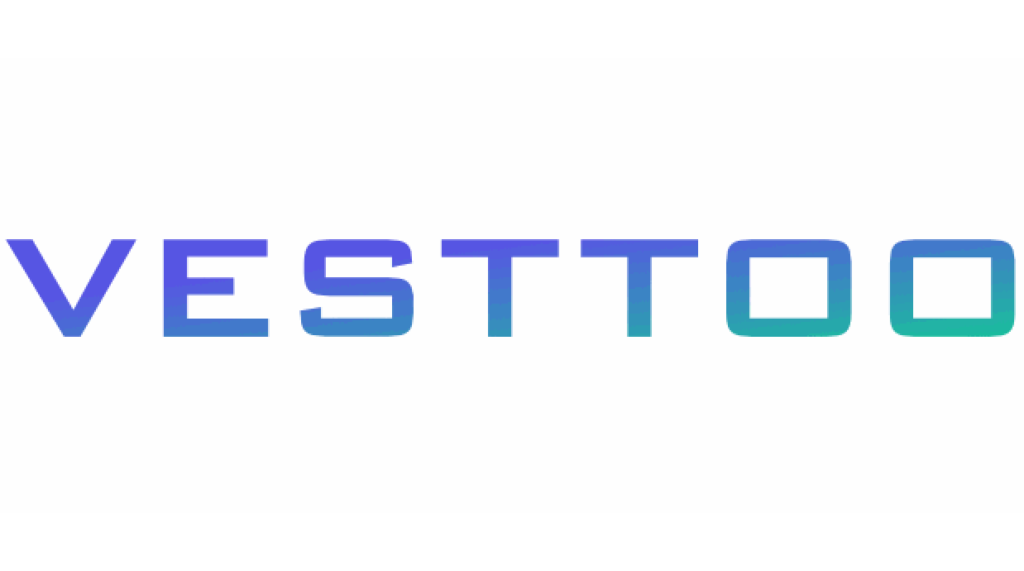Vesttoo: New report claims significant amount of forged LOCs. The question is how?

A new report from Israeli tech media group Calcalist claims that the audit at insurtech Vesttoo has turned up an issue with letters of credit (LOCs) that total a significant sum in collateral held for transactions facilitated by the company.
The latest story on the developing situation suggests that the audit being undertaken by Vesttoo remains underway. But publisher Calcalist’s information appears to come from a source at senior or Board level at the insurtech, who has visibility of the process and what has been uncovered so far.
As we reported yesterday, the initial claims suggested a reasonably large amount of collateral may be affected, either being fraudulent or having faked signatures, with letters of credit (LOCs) seen as the most likely structure behind it, given Vesttoo used LOCs for some of its transactions.
Vesttoo’s statement on the matter stated that the “inconsistencies” discovered by its initial audit into the issue were “in the collateral provided by banks”, with those LOCs related to certain specific transactions.
Since then, the Insurance Insider team has reported that some of the collateral issues relate to certain intellectual property transactions Vesttoo had facilitated, something we’ve also had confirmed by our sources.
Calcalist states that the allegedly forged LOCs total around the $4 billion mark and were from a leading Chinese bank, Vesttoo was known to work with at least one bank from the country, China Construction Bank.
$4 billion seems a very high number given the still relatively early stage Vesttoo was at and the fact LOCs were not the only form of collateral its transactions used, we understand.
Calcalist also states that a comprehensive review of all letters of credit has been undertaken, although Vesttoo said the audit remains in progress so it cannot comment.
Laying out its suspicions, Calcalist notes that allegedly forged LOCs for collateral in transactions facilitated by Vesttoo, may have involved the cooperation of employees at a Chinese bank (no evidence given).
They also state that Vesttoo “also suspects that some of its executives were aware of the possibility to complete these transactions through the platform with fake LOCs,” (again no evidence has been given, just via the publisher’s source).
However, it’s important to also add here that Israeli newspaper Globes has also reported on the story this morning and said that Vesttoo’s employees are currently not under suspicion, although Globes also does not give any source for this information.
The questions remaining are how this was possible in the first place, given all of the necessary checks and balances of KYC and securities laws. The second main question being who knew this was happening.
Cedents and brokers tend to monitor collateral, with insurance and reinsurance best practice often seeing counterparty security committees in action, who’s very job is to assess the integrity of the counterparty, collateral and balance-sheet capital, of transactions and the markets providing protection.
There are other entities in the chain of these kinds of collateralised reinsurance transactions as well, who perhaps might have been assumed to know about any deficiency in collateral having occurred.
The answer would appear to be that, either somewhere, something has broken down in the chains of compliance in this case. Or, that a fraudulent act has been committed and somehow evaded the checks and balances, in which case this could become a criminal case.
Alongside the how, the next set of questions are all about the ramifications, as collateral that does not have any worth could have ripple effects, for those fronting deals and the cedents involved.
We have to be clear that there is still a lack of clarity as to precisely what has happened, or gone wrong here, so we are simply reporting on the statements of the publisher that broke the original news, which is based on their sources.
Yesterday, Vesttoo said that it is working closely with clients and customers, to provide transparency in the matter and to find alternative solutions where needed.
We have approached Vesttoo for comment this morning, but the company declined, saying a statement would be given today.
It’s hoped that a statement might be forthcoming later and that it can provide some more clarity for the market.
Read our story from yesterday morning for Vesttoo’s initial statement on the matter.






